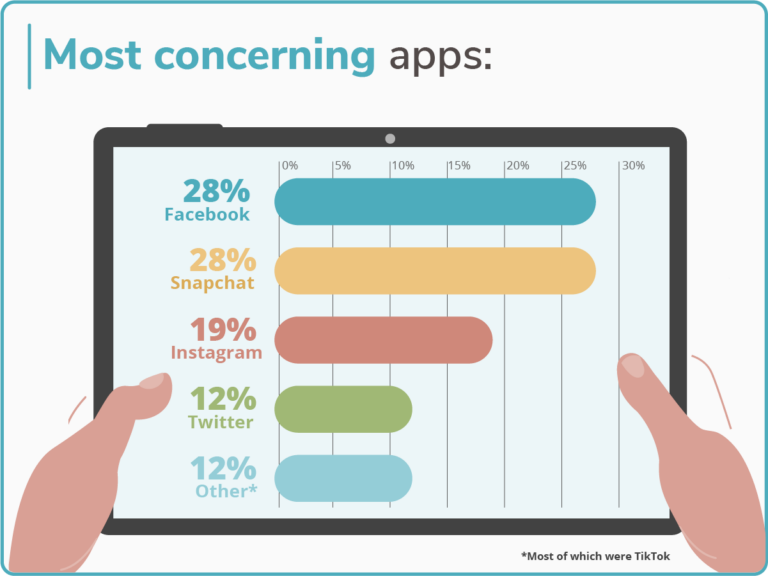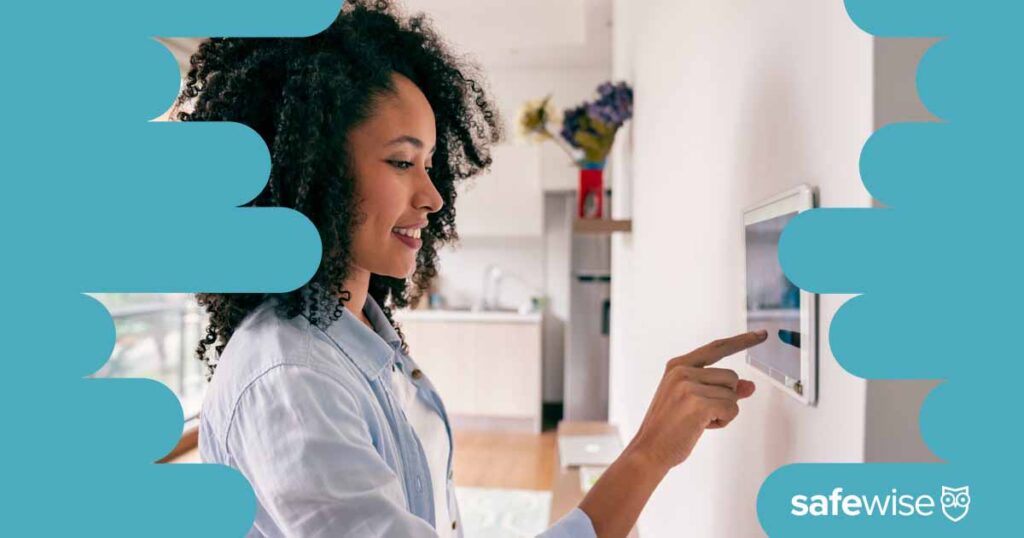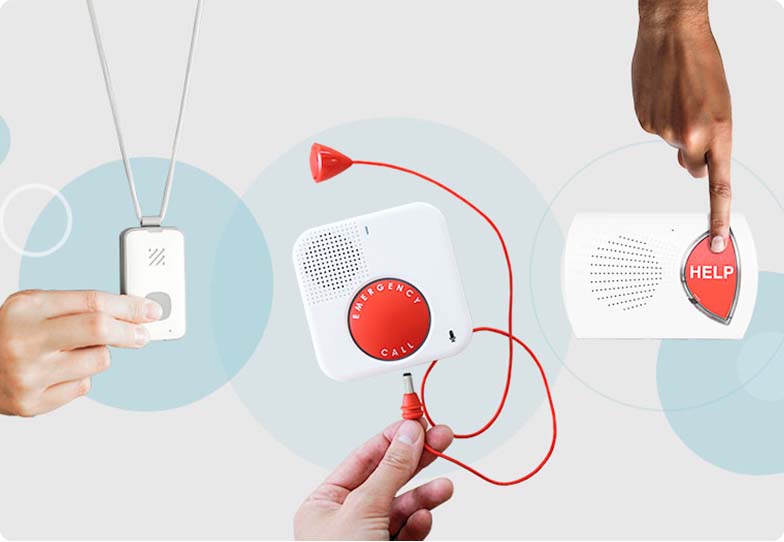These days, it’s more common for kids to have cell phones than not: only 16.58% of parents said their child does not have a cell phone—which means most kids have another individual portal for accessing the internet.
There’s a lot of discussion about the appropriate age to give kids a cell phone. We learned from our survey that most kids receive their first cell phones around ages 8–11. And less than 9% of kids receive cell phones after the age of 16.
Here are the most common ages for kids to get their first cell phone:
- Between 11 and 13: 23.78%
- Between 8 and 10: 23.68%
- Between 14 and 16: 13.89%
- Younger than 8 years old: 13.29%
- After 16 years old 8.79%
Cell phones can be a helpful tool for safety. For example, if a kid’s old enough to drive, a cell phone helps with road emergencies and provides another way for parents and kids to check in.
Still, it’s fair for parents to have concerns about cell phones.
Ultimately, it’s your responsibility as a parent to ensure your child is responsible enough to own and use one. (While you’re at it, it may be worth double-checking your own cell phone habits to make sure they’re not mimicking anything you wouldn’t want them to.)
Over half (55%) of parents told us their children are allowed to use their cell phones for over two hours a day. And 30% said their children are allowed four hours or more, or unlimited, screen time.
There is no clear standard for too much screen time for kids above 5, and remote school adds necessary online time.2 But having time limits and boundaries with content can help your child avoid potential issues associated with excessive screen time.
More than 77% of parents revealed to us that they read their child’s text or social media messages, with 57% telling us they did so regularly. Are they doing the right thing?
Sneaking isn’t the answer unless you suspect your child may be in danger.3 We recommend setting the expectation that you’ll be monitoring your child’s phone before you start snooping. This way, you can build trust while offering your child responsibility.
Try using phone checks as teaching moments to discuss things like cyberbullying, age-appropriate media, and avoiding contact with strangers. You can also establish household rules—like no texting after a certain hour.
For young minds, the world of social media can be a lot to take in. Kids may develop negative digital habits without proper discussions and boundaries.4 Most parents are concerned about Facebook, Snapchat, Instagram, Twitter, and TikTok.
Some apps are more dangerous than others, and they’re not all social media, so part of a parent’s duties is understanding what each app does. One parent said they worried their child spent too much time on Tinder, a dating app that requires users to be 18 years or older.
While you might be familiar with Facebook as a place for family and friends to connect, knowing that Snapchat allows for private temporary messages and stories may make you think twice about keeping it on your kid’s phone.
Popular video apps like YouTube feature kid-friendly versions, and often video apps will allow separate logins so you can set parental permissions for safe viewing.









